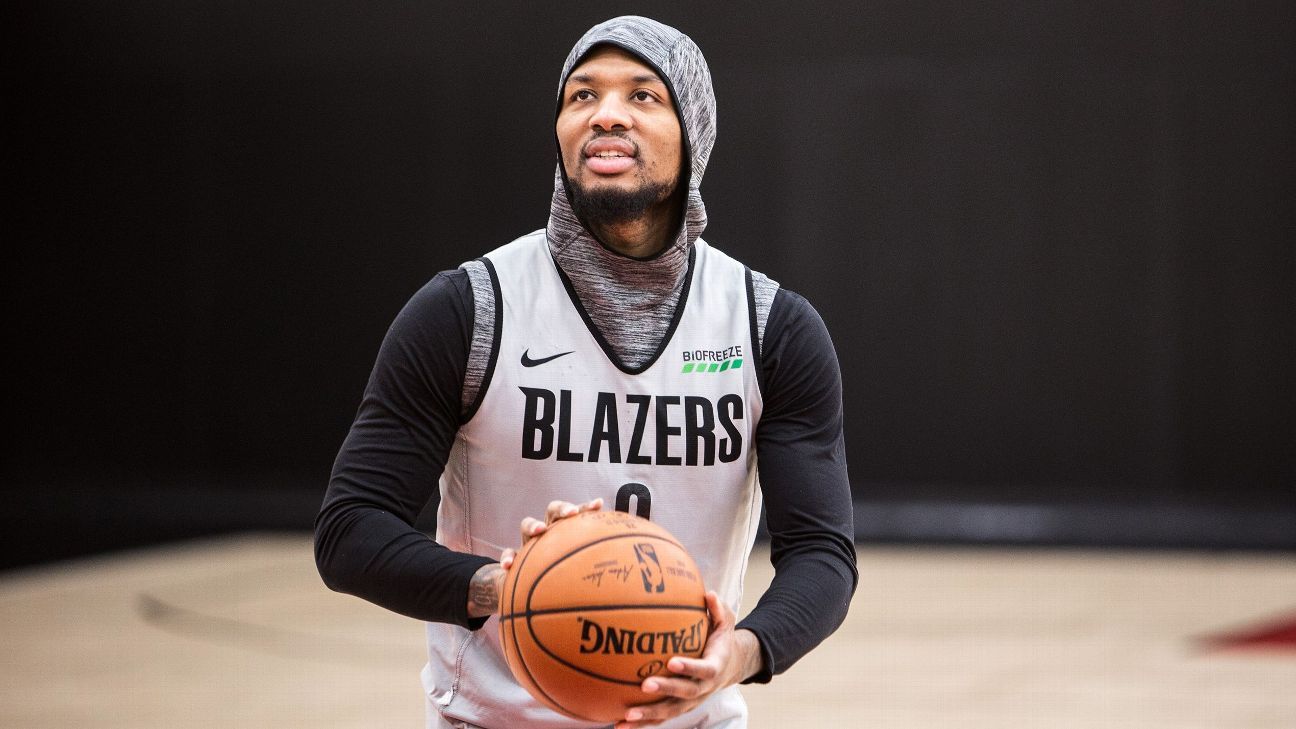
DAMIAN LILLARD HAS never entered the Portland Trail Blazers' training center through the media entrance, but there's nothing natural about May 8, the first time he walks into the facility since the NBA shuttered it March 20 because of the coronavirus pandemic.
Wearing a mask, Lillard steps into a makeshift check-in area, where a member of the health and performance staff aims a no-touch, infrared thermometer to check his temperature. Next, Lillard empties his pockets -- phone, car keys, wallet -- and places them into a ziplock bag. He then washes his hands in the media bathroom, after which he is presented with a pair of rubber gloves. The whole process feels more like getting prepped for surgery than for a 90-minute training session.
Lillard would normally head to the locker room, but the players' inner sanctum is off-limits for the foreseeable future. In this new, stripped-down routine, Lillard walks immediately to his assigned court, where his gear is waiting for him along with a rack containing only two basketballs, a towel, water and Gatorade.
Geoff Clark, the Blazers' head athletic trainer, designed this air-tight, regimented schedule to conform to the NBA's protocol for reopening. Four players will spend 90 minutes each at the practice center at an appointed time, each given a rotation to ensure they won't come into contact with one another. For example, only one player can be in the weight room or therapy area at a time.
The Blazers were among the first two NBA teams to return to facilities three weeks ago, when eight of their rostered players showed up. Most of the league has since followed suit -- the Dallas Mavericks will open their gym on Thursday, leaving only the Boston Celtics, Chicago Bulls, Detroit Pistons, Golden State Warriors, New York Knicks, San Antonio Spurs and Washington Wizards shut down. The challenges and joys the Blazers have been experiencing could be guideposts for the rest.
On Day 1 of the reopening, Lillard draws the 10:30 a.m. slot and starts his session with longtime Blazers assistant coach Nate Tibbetts. Lillard has worked out with Tibbetts more than 1,000 times over the past seven years, but never before has Tibbetts worn a mask and gloves on the court.
Lillard sees longtime teammate CJ McCollum going through his routine with Blazers player development coach, Jon Yim, but the backcourt running mates won't get a chance to chop it up, at least not face-to-face. There exists a cardinal rule: one guy, one coach, one basket.
Then for the first time in what feels like an eternity, Lillard runs through his greatest hits, the barrage of long-range bombs, the floaters, the repertoire that makes him Damian Lillard.
"The whole first week was a breath of fresh air," Lillard says. "On a certain level, it was exciting. You're finally back on the court and you're seeing everyone's faces again."
On a typical non-game day, Lillard might stick around after his workout -- hang out with teammates as everyone ices, enjoy the steam room or hydropools, grab a bite to eat in the cafeteria, maybe perform some cardio on the Alter G anti-gravity treadmill. But not today. The horn sounds at noon so the next group can enter, because only four players can be on the premises at a time. Besides, the wet areas of the facility are off-limits during the reopening period, so he isn't even allowed to shower.
With sweaty clothes stuck to his body, Lillard leaves at noon sharp through the front door to avoid the next group on his way to his car. The parking lot is a popular place for players and staff to chat. To discourage that, an empty spot must now be left between each vehicle.
Though Lillard's workout is abbreviated and restricted, he can finally release the pent-up energy accumulated while being locked out of the gym for nearly two months. The return for Lillard and his teammates comes with both anticipation of what he hopes will be more basketball ahead, but also some disorientation.
"There's so much stuff you never realize or appreciate you have access to until you're without it," Lillard says. "But it was still good to be back."
Windhorst outlines logistical challenges the NBA is facing
Brian Windhorst details the various challenges the NBA is facing in its attempt to return to action.
FOR THE PLAYERS who work at an NBA facility, it's an office, a health club, a refuge from the glare of the public spotlight, even a social service center where their daily needs -- material, physical and emotional -- are addressed. For the Blazers, it's also a clubhouse where a team that has achieved a particularly strong cohesion during the Lillard era develops that esprit de corps.
"The practice facility is a home away from home," McCollum says. "You probably spend more time there than anywhere else. For a lot of us, it's really therapeutic. It's where you find your overall balance in life. A lot of people were lacking that, and had to figure out that balance without it."
For all the ways the May reopening has allowed players to reassemble the structure they lost when the season was suspended, the restrictions limit the true benefit of the facility: team-building.
"[The facility] is the place where the culture is built," Lillard says. "It's fulfilling to be in that environment. It's part of the balance of our lives and you come to count on that. But right now, that's unavailable, so it's tough."
In some respects, social distancing put a team whose social capital is its strength at a competitive disadvantage. It's difficult to embrace teammates when they must stand at a distance.
"I don't see how you can do it," says Lillard, lamenting that the joy of sitting over a meal with teammates after practice is still absent. Now, players are offered a box lunch on their way out the door.
While Blazers get up shots, never closer than six feet from one another, Terry Stotts can only watch through the glass wall that separates his office from the court. Stotts, the fourth-longest serving head coach in the NBA, is not permitted to associate with his players right now. The league has determined that face-to-face interactions between a head coach and players at a training center -- or even having a head coach observe workouts -- would provide a team with a competitive advantage over rivals whose facilities are still closed.
"One of the best things as a coach is when you have a relationship with players," Stotts says. "But that relationship is built on the court."
For now, Stotts keeps himself busy in his office. Though there's very little specifically he can do for his players as they trickle into the facility, he feels it's important just to be around.
All 10 Blazers who live nearby are participating in the voluntary workouts in the week that followed the reopening. Though they can't soak in a cold tub or rib one another in the weight room, a new brand of structure has asserted itself in Portland.
BY MAY 15, one week after the Blazers reopened, the novelty of returning to the facility has worn off for Lillard. While he still values the opportunity to get some portion of his work in, the restrictions are becoming onerous and, truthfully, just strange.
"The second week everyone is like, 'All right, this is kind of weird,'" Lillard says. "The excitement is gone and now it's, 'What going on?'"
Nobody knows exactly what is going on, except that deaths attributed to COVID-19 continue to mount -- more than 1,500 are reported each day from May 12-14 in the United States. Whatever frustrations Lillard might have about the restrictions imposed on his training, he has no objections.
"I haven't had a personal experience with [COVID-19], but I know how real it is," Lillard says. "There's nothing excessive when you see the kind of toll it's taking on the world."
The previous day, everyone who works in the training center on a daily basis, including the players, had their blood drawn to be sent to the Mayo Clinic Laboratories for the Coronavirus Antibody Study. Members of the broadcast crew did the same.
One morning, Lillard is moving through a set of his signature long-range jumpers, gliding in from half court, catching a pass from Tibbetts' gloved hands, then launching the ball in one fluid motion. After each attempt, Lillard backpedals to half court to start the sequence again, but on one occasion, he drifts behind the line into space reserved for young big man Zach Collins.
"Get on your side of the court!" yells Collins, the mock schoolteacher. It's a rare moment of camaraderie during a period when teammates, by design, are isolated from one another. Lillard smiles and says to Tibbetts, "If you're going by the book, he's right."
Just the mundane task of retrieving a basketball as it caroms away has become physical comedy in Portland. Yelling "BALL! BALL!" is typically how a shooter guarantees its retrieval in a practice gym with several baskets and more than a dozen teammates and staff scattered across two courts. Whomever is closest to the ball grabs it, then tosses it back to its shooter.
But in the age of the coronavirus, everyone in the gym treats the basketball like a hand grenade. It might roll just inches away from a teammate's feet, but only the player or coach to whom the ball is assigned is permitted to touch it. This is how an MVP candidate -- making almost $30 million this season -- finds himself scampering after a rolling ball while carefully skirting away from anyone in his path.
Meanwhile, Tibbetts and his fellow assistant coaches are learning the art of rodeo clowning. As players work on shots and drives that bring them within close range of the basket, a coach must dart away from his position beneath the basket to maintain six feet of distance. And anytime a player touches the rim or backboard, a member of the equipment staff must climb a ladder and clean it following the workout.
For this reason, the Blazers are playfully encouraged to shoot jumpers.
How will the NBA decide which teams make the playoff bubble?
Adrian Wojnarowski describes how Adam Silver and the NBA are determining which teams will be invited back to compete if the league resumes its season.
NBA PLAYERS ARE creatures of habit, perennials who follow a strict seasonal calendar. In the era of sports science and performance, players tailor their preparation so their fitness peaks at the opportune moment. When he returns to the facility the week after Labor Day, a player knows that training camp starts in three weeks, with the first exhibition game scheduled two weeks after that. Gearing up for the playoffs requires something different.
As the Blazers enter their third week of restricted workouts, they're in purgatory -- possibly more than any other NBA team. When the season was suspended on March 11, Portland was ninth in the Western Conference, three-and-a-half games behind No. 8 Memphis, which had one of the toughest remaining schedules.
If the regular season resumes, the Blazers expect to have their starting frontcourt of Jusuf Nurkic and Collins healthy for the first time in over a year. In effect, the core of a Western Conference finalist would take the floor with the postseason within reach. But if the NBA ultimately decides to schedule just a handful of games to tune up playoff teams for the postseason, the Blazers probably would be a mathematical improbability to qualify.
Without any kind of certainty, the workouts have become increasingly desultory. Are the sessions nothing more than offseason workouts designed to keep those moving through them sharp and in shape? Or are they preambles to an intense training camp that's just weeks away?
"At some point, it would be nice to know what we're training for and how we should be training," McCollum says. "Am I training to face playoff teams or am I training for a season that starts in December?"
The Blazers are eagerly awaiting the day they can participate in a full-contact workout, when teammates and coaches can bump a player on a drive, or get a hand in his face as he steps back for a jumper. They look forward to hanging out over lunch, yukking it up with their phones in the locker room, confiding in a teammate out in the parking lot and, more than anything, rediscovering the structure that empowers world-class basketball players.
"I view basketball as an escape," McCollum says, "and it's good to escape again."



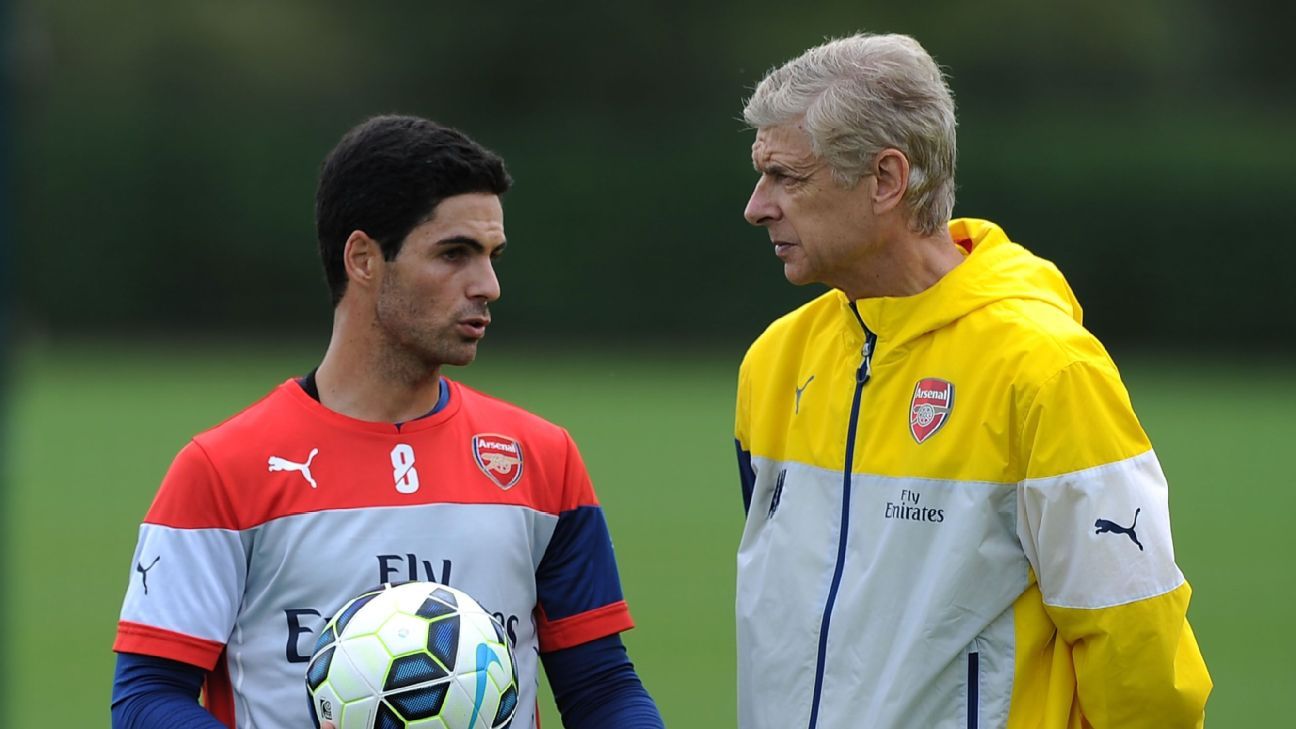
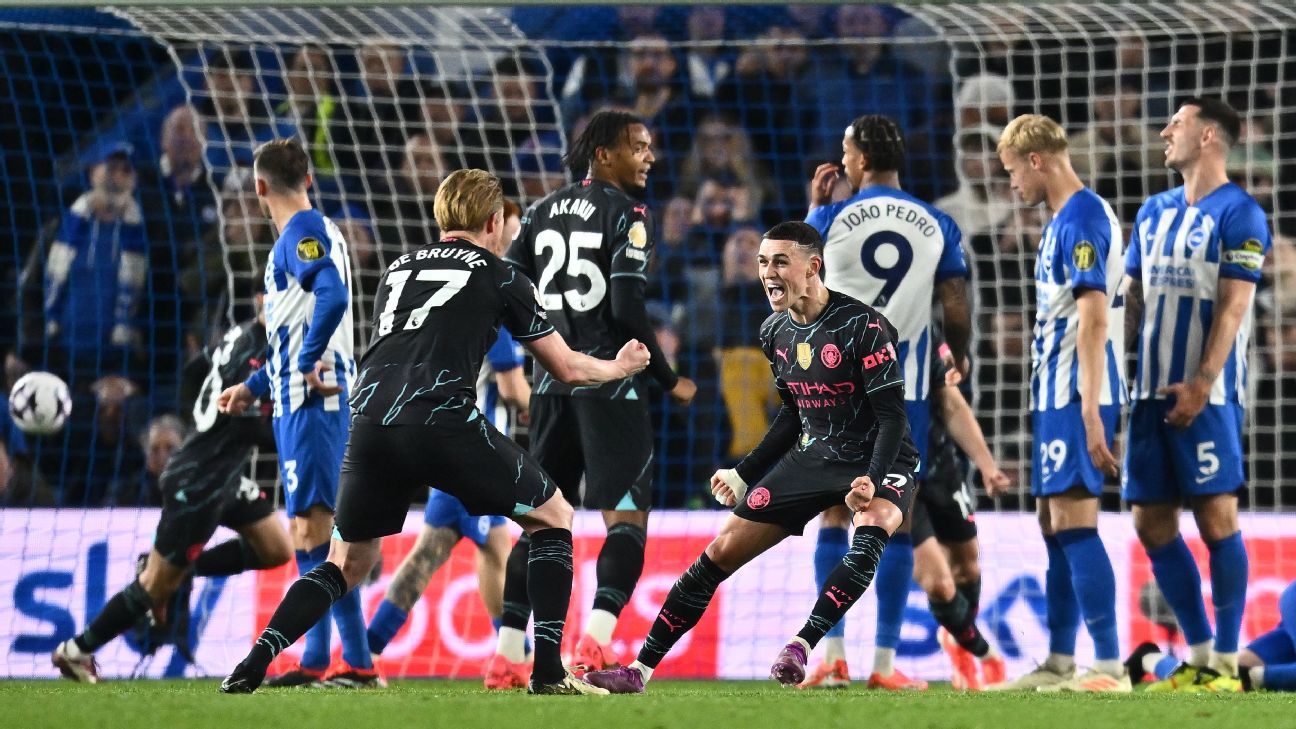





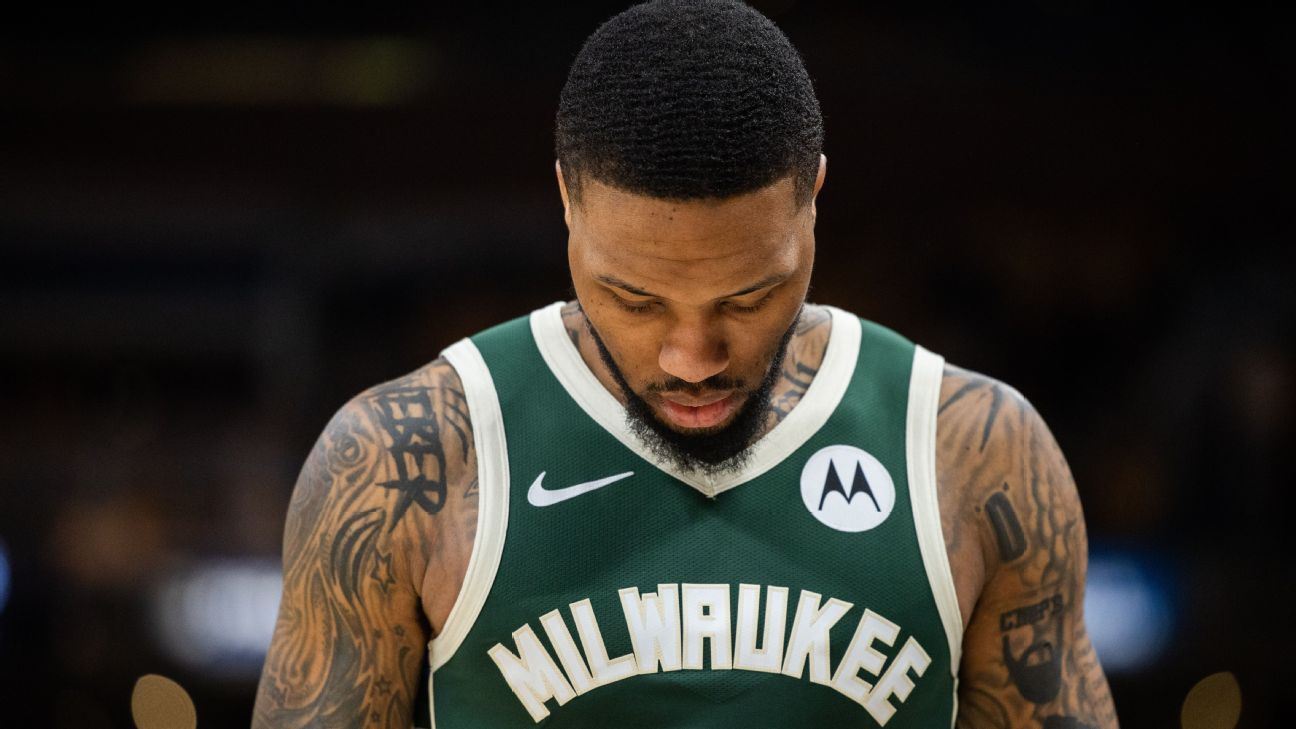


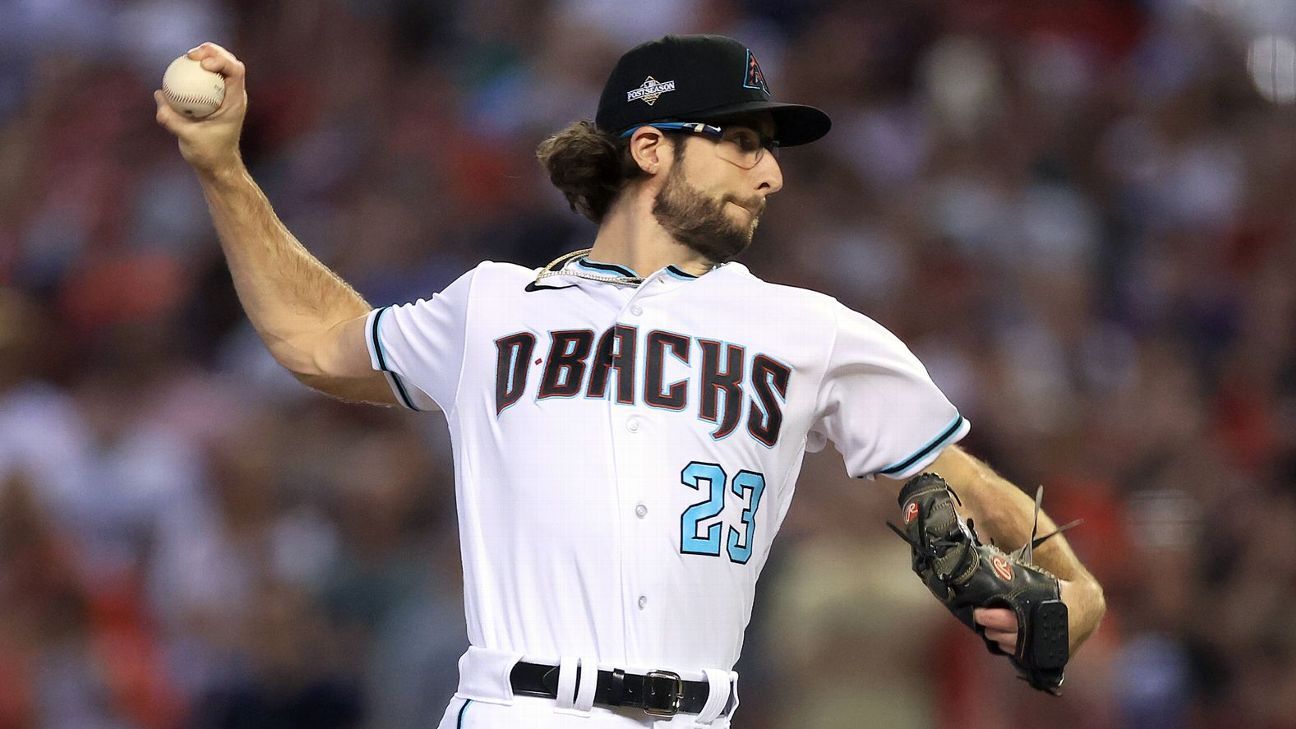

 Phone: (800) 737. 6040
Phone: (800) 737. 6040 Fax: (800) 825 5558
Fax: (800) 825 5558 Website:
Website:  Email:
Email: 






